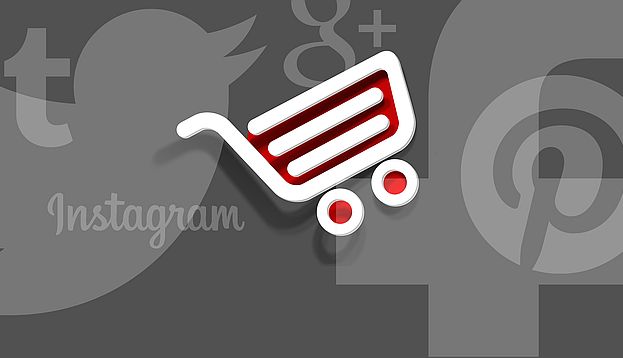Social media is a great way to keep in touch with others and get the message across on what you’re working on, whether you’re trying your luck cooking a new dish or simply gushing about what television show or movie you’re currently watching. However, they also want to take the shopping experience to the next level, as both Twitter and Facebook have been working on ways to enable posters to purchase products directly through their sites.
The only question now is if the practice will become more effective. A new article from Marketing Land indicates that it’s still a work-in-progress, although the potential market is definitely there. Data from the U.S. Census shows that this past year has managed to wrangle $293 billion in sales.
Twitter got its start last year with a tie-in program with American Express, having users make their purchases featuring the hashtag #BuyXboxController. It worked pretty well, although it had its problems in terms of people responding to tweets before the purchase could be completed with an American Express card. As a result, it never took off like Twitter expected.
However, some users managed to thrive by trying such a program. Innovative recording artist Amanda Palmer managed to sell 100 copies of her latest book, The Art of Asking, through a Twitter campaign, with people picking up on it with the promise of receiving a limited edition draft page, signed by Palmer. She tweeted, “100 books sold in 20 minutes using Twitter! One small step for an artist, one giant step for artistkind. I hope this tool helps many people.”
Launching an effective program, according to Twitter head of commerce Nathan Hubbard, requires “interest graph, geo data and contextual data,” in an effort to serve people who become interested in purchasing something through the site.
Twitter president of global revenue Adam Bain added to the matter as well, speaking at the Web Summit in Dublin last month. “People are tweeting about products and services, but there’s a big distance between that and actually making a purchase,” he explained. “American Express and Amazon have already brought e-commerce closer to tweets. We saw this as a great organic experience, and we decided to shrink that experience. If you’re tweeting about a product or service, a button shows up and you can one-click to buy.
“We’re experimenting with different products and price points, and most importantly what emotions do you need to find to generate a sale. What we do is monetize emotions.”
Facebook, meanwhile, has more of an uphill struggle. Some retailers opened and closed site-specific stores within just a year’s time, indicating they weren’t accessing enough ROI and creating an ideal shopping destination for users. “It was basically just another place to shop for all the stuff already available on the retailer websites,” explained digital strategist Wade Gerten, who became familiar with the situation attempting to launch a 1-800-Flowers.com store on the site. “I give so-called F-commerce an ‘F’.”
However, Facebook isn’t giving up. “We are very clear,” said head of eCommerce Nicolas Franchet. “It’s a small test, limited to the test, and our job is to continue testing.
“We don’t want to complicate the picture for them,” he continued. “The ‘buy’ button gives them a glimpse of where we may be going in the future – but maybe not.”
There is room for success in social media, particularly with sites like Instagram and Pinterest offering glimpses of items that can be purchased with the click of a button. Curalate CEO Apu Gupta indicated that certain brands are using these services to great success, with 60 to 70 percent click-through rates.
“Gumroad allows you to have a shopping card anywhere,” explained Gupta. “Somebody can take products from a brand, put it onto a blog and affiliate link there and actually clear the transaction remotely. So you are going to see a broader distribution of places in which transactions can happen. That’s going to include social but I think it’s going to favor certain social networks over others.”
More details on the report – and possible trends leading into next year – can be found here.

